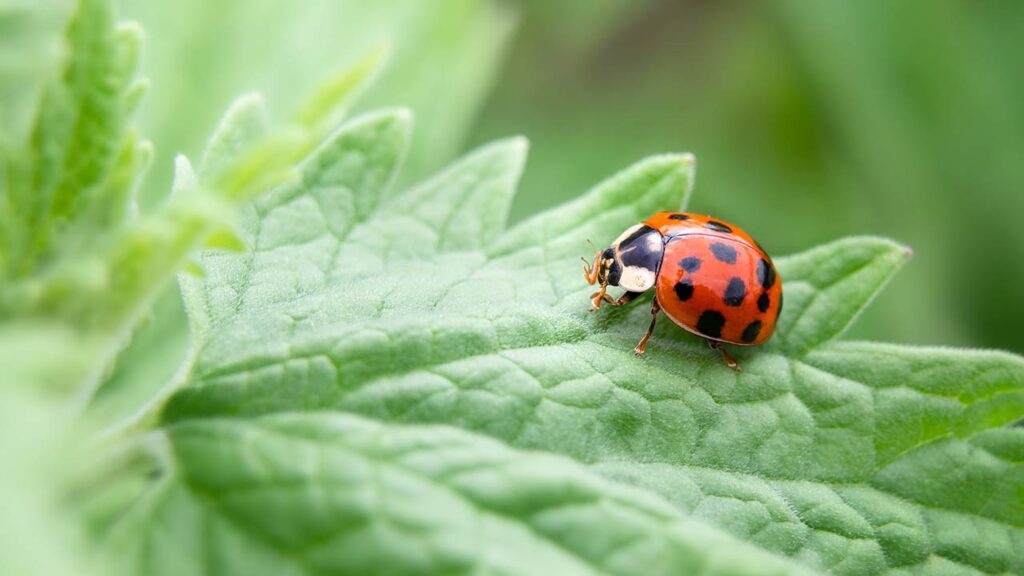6 Ways to Make Your Garden More Eco Friendly

A garden is inherently “green” in nature, so how is it possible to make it any more eco-friendly than it already is?
The truth is, there are plenty of ways that a garden can be both wasteful and even harmful. From the pesticides that can be used to all the water spent keeping plants hydrated, some gardens can use a total revamp when it comes to being more friendly to the environment.
Follow these tips to make sure your garden is as green as it can be.
1. Generate Your Own Organic Compost
Good quality soil costs a pretty penny, but creating your own compost can minimize the expenses of nourishing your plants. Not only is composting exactly what your landscaping craves, it’s also incredibly easy. In fact, a lot of the items you’d otherwise toss in the trash can be diverted to your compost instead.
Food scraps like egg shells, coffee grounds and leftover vegetables are perfect additions for homemade compost. And all that landscaping debris that you need to get rid of – including dead leaves and bush trimmings – can be added to your compost instead of discarded with the trash.
Organic compost brings healthy microorganisms that break down to fuel plant growth, prevent plant disease, aerate and moisten the soil, and provide a safer solution to chemical fertilizers. Once you’ve built up your compost, place it in a warm, partly sunny area of your garden, which will help stimulate decomposition of all the items you’ve included.
2. Attract the Right Type of Bugs
While you obviously don’t want to be pestered with mosquitos and other bothersome insects while you’re outdoors enjoying your garden, that doesn’t mean you should scare off all bugs altogether. Certain bugs like beetles, ladybugs and lacewings are helpful in warding off all the potentially harmful bugs that can destroy your plants and flowers.
For instance, ladybirds and lacewings eat black flies. If these particular bugs are a major problem in your garden, add some marigolds and sunflowers to draw the attention of these good bugs to protect your garden.
3. Recycle Your Rainwater
Particularly in drought-sensitive areas like California, conserving as much water as possible is essential. Luckily, there are easy ways to harvest rainwater to minimize excess use.
All that rainwater that winds up in your landscaping can be captured to water your lawn and garden. You can even use this recycled rainwater to wash your cars and polish your windows. Consider adding a barrel to collect rainwater that can be later used to hydrate your landscaping.
When you’re actually designing your garden, consider incorporating elements such as permeable paving and dry creek beds to minimize runoff that wreaks havoc on storm drains and pollutes bodies of water.
4. Create Shade With Trees and Shrubs
All those trees and shrubs that you plant to beautify your exterior can serve more than one purpose. While they certainly are esthetically appealing, they can also be strategically positioned to provide shade just where you need it the most.
Large trees that spread out and drape over can be placed on the south and west sides of your home where the most intense sun tends to beam down. Planting shrubs adjacent to these exterior walls can also help to keep the temperature comfortable. Trees and shrubs can effectively cut down on the energy needed to cool your home, and inevitably slash the cost of your utility bills.
5. Attract Birds For Plant Protection
Much like certain bugs can add a layer protection to your landscaping, so can many types of birds. Not only can many bugs destroy your garden, so can grubs, snails and slugs. Birds love to prey on these pests, so attracting them to your garden can help add natural protection to your greenery.
Incorporate nesting boxes and bird feeders will help create a more inviting environment for birds, which will get rid of the need to use toxic insecticides that are dangerous both for the environment and for anyone who frolics in your garden.
6. Choose Native Plants
Whatever plants happen to be native in your area, consider adding these breeds to your garden. Whether it’s Mountain Lilacs in California or Coneflowers in Florida, adding native greens to your garden can help cut down on the care and maintenance needed to keep them healthy, since they’re already adapted to the climate and conditions in your area. Not only will this cut down on time and effort on your part, it’ll also reduce the amount of water and fertilizer needed, as well as minimize pest infestation.
Your garden is meant to be a natural space, so make sure it’s as eco-friendly as it can be by incorporating these tips to cut down on waste and chemicals, and even create an inviting habitat for friendly wildlife.